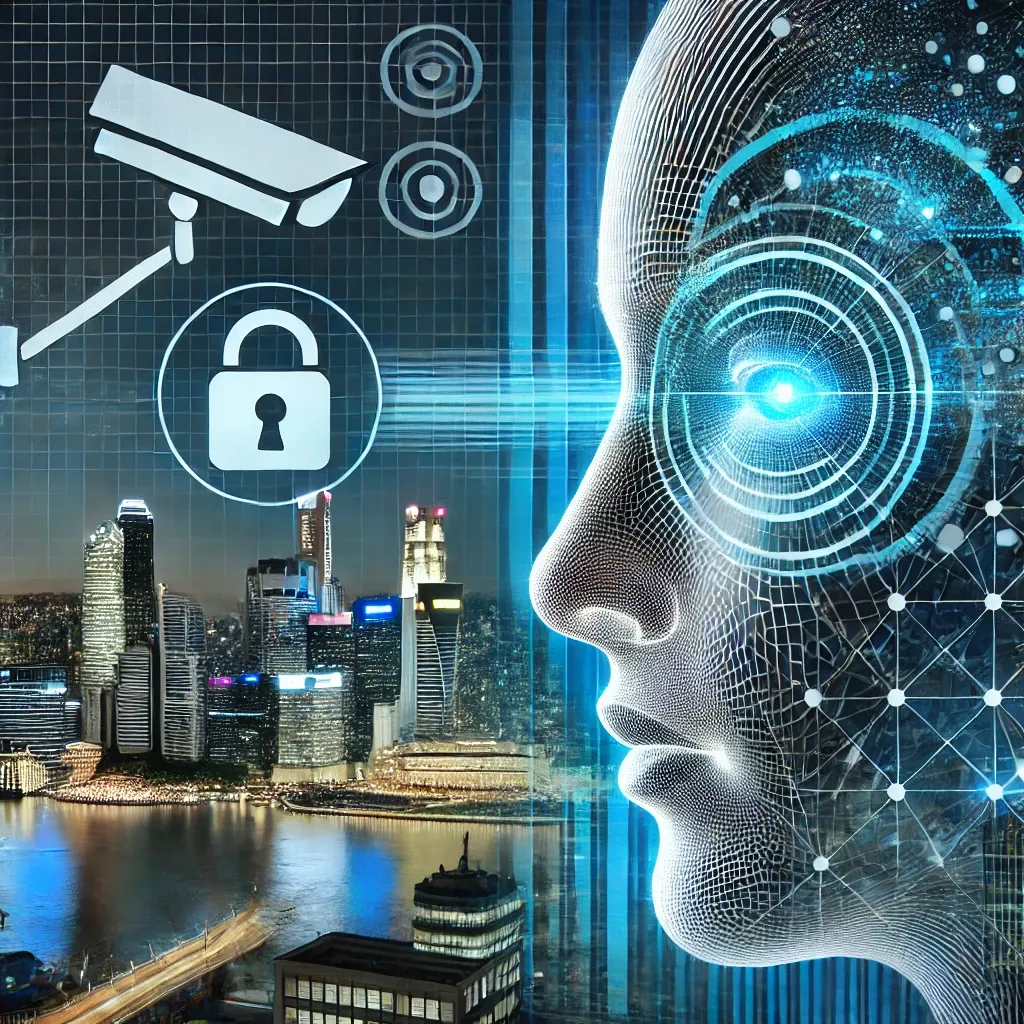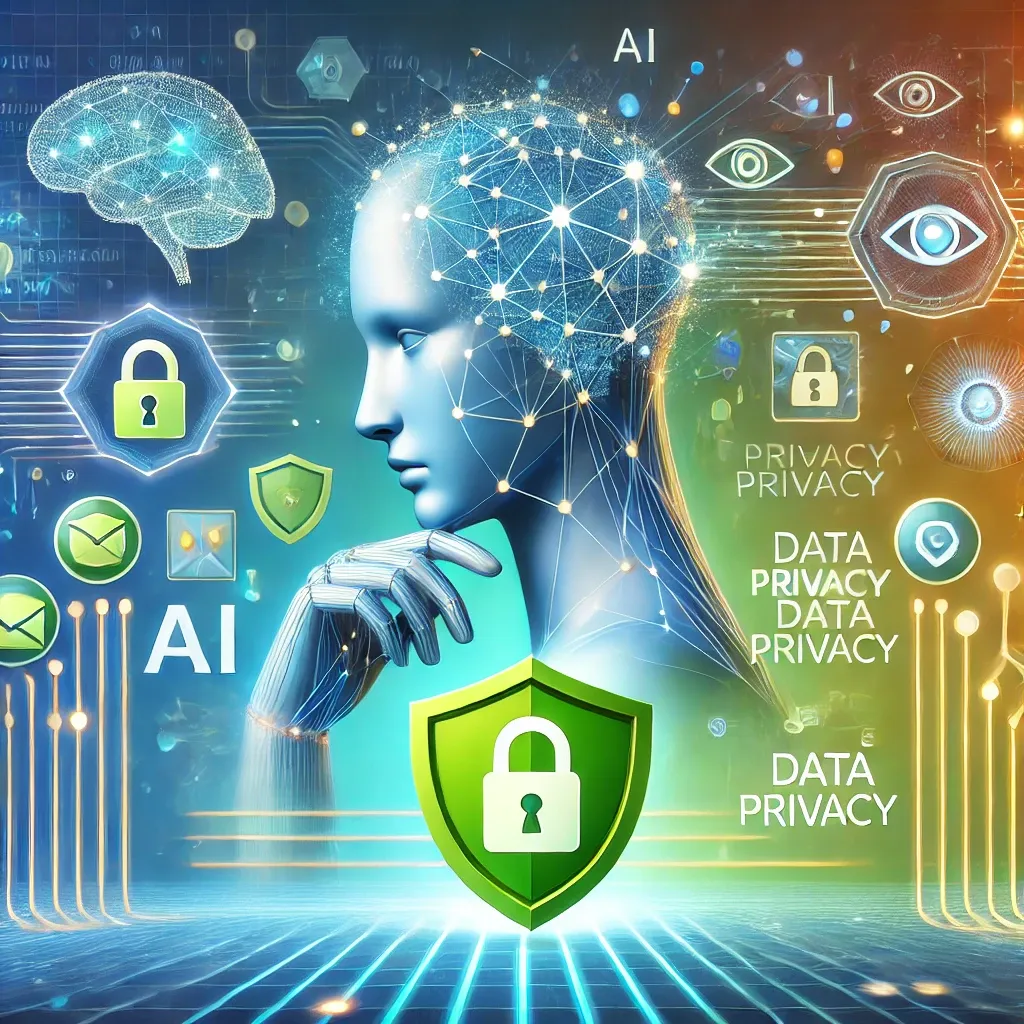Facial Recognition Technology and Privacy: A Detailed Case Study Analysis.
Facial recognition technology (FRT) has rapidly emerged as a groundbreaking tool in numerous sectors, revolutionizing security, retail, and personal device access. However, its growth raises significant privacy concerns. This analysis delves into the intricate balance between technological advancement and individual privacy, highlighting real-world scenarios and offering solutions.
Introduction
The application of facial recognition technology (FRT) has garnered both praise and criticism. While it facilitates security and convenience, it poses potential threats to privacy and civil liberties. This post analyzes these dynamics through case studies, exploring the implications and regulatory measures related to FRT.
Understanding Facial Recognition Technology
Facial recognition technology uses biometric software to compare facial features from a given image with a database to identify or verify an individual's identity.
Key Components
- Image Acquisition: Captures images or videos containing faces.
- Face Detection: Identifies and locates human faces within the input image.
- Feature Extraction: Analyzes the facial features like eyes, nose, and mouth.
- Matching and Recognition: Compares the features against a database to determine identity.

Case Study 1: FRT in Law Enforcement
Scenario
Several law enforcement agencies worldwide have adopted FRT to enhance surveillance and identify suspects in public areas. An example is the Metropolitan Police Service in London using FRT to spot suspects in crowded venues.
Analysis
- Benefits: Increases accuracy and efficiency in identifying criminals, potentially lowering crime rates.
- Challenges: Raises concerns over false positives, racial bias, and unwarranted surveillance.
Outcome
The use of FRT by law enforcement remains controversial, with several calls for clearer regulations to ensure the technology is not misused.

Case Study 2: Retail Sector Enhancement
Scenario
Retailers like Walmart and Amazon have started using FRT to streamline checkout processes and enhance in-store experiences by personalizing services.
Analysis
- Benefits: Improves customer service and operational efficiency, offering personalized shopping experiences.
- Challenges: Consumers express concerns about privacy and data security.
Outcome
While FRT enhances customer experience, customers demand transparency regarding data usage and stringent security measures to protect personal information.

Case Study 3: Personal Device Security
Scenario
Facial recognition technology is now a standard feature in smartphones for unlocking devices and authorizing transactions.
Analysis
- Benefits: Offers convenience and security, reducing reliance on passwords.
- Challenges: Raises questions about the susceptibility to spoofing and ensuring data security.
Outcome
Manufacturers continue to enhance security mechanisms, but there is a growing push for user education regarding the privacy aspects of biometric authentication.

Privacy Implications and Regulatory Challenges
Facial recognition technology's growth prompts critical discussions about privacy rights and data protection.
Key Privacy Concerns
- Data Collection and Storage: How and where biometric data is stored and who has access.
- Consent: Ensuring that users understand and consent to their data being used.
- Bias and Equity: Addressing racial and gender biases in facial recognition algorithms.
Mitigation Strategies
- Clear Legislation: Enacting laws to govern the ethical use of FRT.
- Transparency: Organizations must transparently communicate how data will be used and safeguarded.
- Algorithm Advancements: Continuous improvement and testing of algorithms to minimize biases.
Table comparing global regulatory approaches to facial recognition technology.
| Country | Privacy Protections | Data Storage | Consent Requirements | Monitoring Policies |
|---|---|---|---|---|
| US | Limited protections; varies by state | No standard retention | Varies; explicit in some states | Broad use, includes law enforcement |
| EU | GDPR mandates strict privacy | Limited, minimization required | Explicit consent needed | Restricted use |
| China | Basic protections, heavy monitoring | Long-term allowed | Limited; public implied | Broad surveillance |
| Japan | Moderate standards, industry-based | Retention varies | Notice required | Moderate, location-specific |
| Australia | Data Protection Act | Limited, deletion required | Notice required | Permitted with guidelines |
Conclusion
Facial recognition technology presents both substantial opportunities and significant privacy challenges. By examining these through case studies, it becomes evident that a balanced approach involving regulation and innovation is essential. Stakeholders must work collaboratively to harness the benefits of FRT while safeguarding privacy rights.

By thoroughly understanding these aspects, policymakers, businesses, and consumers can responsibly navigate the evolving landscape of facial recognition technology.




